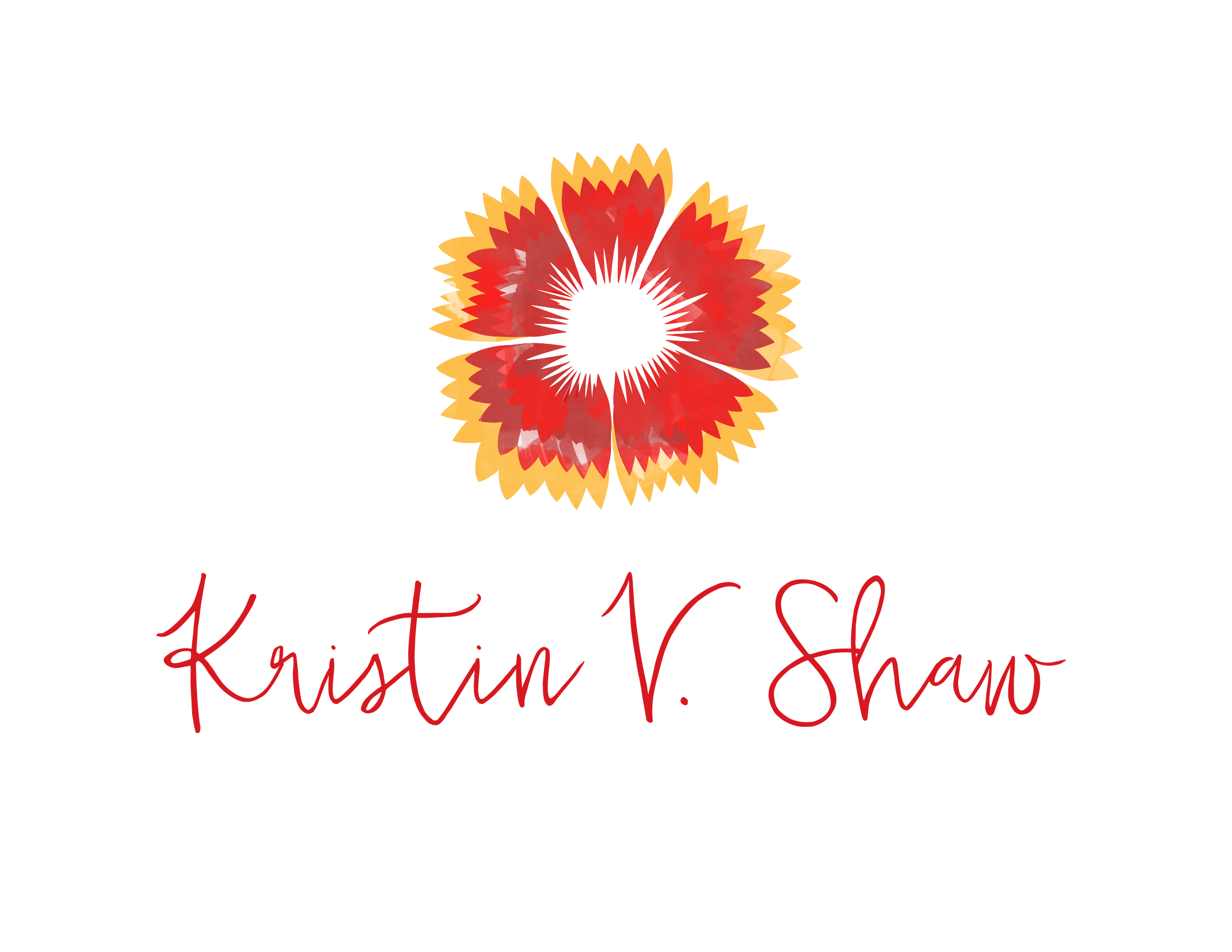The Most Important Elements of a Story {Guest post by intern Madison Ward}
Introduction: Madison is learning the craft of writing and is developing her skills; she is putting in the work. This post outlines what she sees as some of the most important elements in a story and in what way they may have the greatest effect.
{This post written by Madison Ward, Superstar Intern}
First and foremost are The Basics, the tell-tale mundane structure and chronological list that lays the foundation for a work.
The Basics:
The genre (Action/Comedy/Documentary/etc.)
The characters (known and constantly developing)
The settings (reliable and varying)
The culture (a tied community like society or difference b/w societies)
The music (if a movie/tv show; works closely with theme)
The themes (nature v. nurture/prodigal son/etc.)
The transitions (shift b/w scenes that flows nicely)
The arrangement (twists and unexpectant styles to go further than a type A plot)
Though some of The Basics may be less complicated and developed than others, they are not subtle and underlying enough to enhance more concentrated parts than themselves. They have just enough ‘core’ness to be on its own and not a supporting element such as The Journey elements. These elements are the more intangible parts than those of physical plot demonstrations.
The Journey:
The problem (obstacles/opponents faced)
The reason (belief/meaning throughout everything)
The imperfections (failures/almosts that didn’t quite succeed/weaknesses)
The want (what is desired)
The need (what is necessary and enough)
The destination (end goal)
The solution (how to achieve end goal)
The Journey elements can be thought more of as the invisible plot that characters work through mentally. These are situationally concepts that travel our hero from point A to point B as a transformed or more informed individual, or they change something in a way that is different from how it was when this whole experience started. The results of these transformations and changes can be called The Gives and Takes.
The Gives and Takes:
The blood (family)
The roots (background)
The fillers (ALMOST useless people/moments/things main character(s) come across)
The tethers (stuff that holds you back)
The weapon (thing that saves you from your obstacles/opponents)
The wings (freedom/thing that releases you)
The price (sacrifice)
These elements are a combination of physical and intangible and are the elements that give you all you need to ‘survive’ if one just uses them correctly. They are taken if they are misused or thwarted in a lack of protection. The Basics, The Journey, and The Gives and Takes all can create a solid structure of ‘story’, but they need cushion and intelligence which comes with The Delivery.
The Delivery:
The reality (cynical/realistic problems we wish could be avoided but aren’t in real life)
The understanding (...of the basic human body and that one thing called gravity)
The contemporariness (connection with a modern audience)
The guidelines (rules followed throughout that also keeps us sane and grounded)
The hints (little nuggets tucked throughout that can be put together to fit the plot puzzle)
The symbols (hidden meanings/themes demonstrated through objects)
The character interactions (dialogue and development that ties us to the people)
The counterargument (part(s) that proves your argument/meaning by eliminating others)
The examples x, y, and z (how you get from point A to point B within reason)
The Delivery of a story are the ways in which to succeed with earlier mentioned elements, or add in devices that amp up the maturity and wisdom the piece hopes to achieve. They are pretty vague and can be optional, but are good to at least be considered before finalizing a story. Paying attention to what the audience wants surrounding The Basics, The Journey, and The Gives and Takes is the key and then you can decide how you want your audience to receive it, or The Feel of your work.
The Feel:
The ‘right’ atmosphere (negative/hard/positive/light/tense/carefree)
The ‘right’ shot (angle means everything; positon writing/design shooting; words/camera)
The ‘right’ pauses (drawn out suspense/quick clips)
The ‘right’ humor (awkward/nonexistent/sardonic/understating)
The ‘right’ boundaries (lines drawn that characters either toy with/cross/won’t cross)
Also known as The Dramatics, The Feel elements are what give your story sass, lack of sass, or somewhere in between. It is the kick, the direction, the push of mood and tone to make us emotionally connected to what is being displayed. A story may have a dark, harder feel, with suspense, and ruthless, unforgiving danger, or may be the complete opposite, flying through cloudless skies of light blue, sun and happiness, casual conversations and laughter. Whichever, these are the elements that lead your viewers to feel that certain way in subtle correspondence with each scene.
As I have said in other posts of mine, these are my thoughts, untainted by literature plot charts or composition analysis worksheets. I honestly tried not to look up anything at all for this compiled list. I may be completely off-base compared to other, probably far more language-minded individuals, but maybe this will connect with someone.


